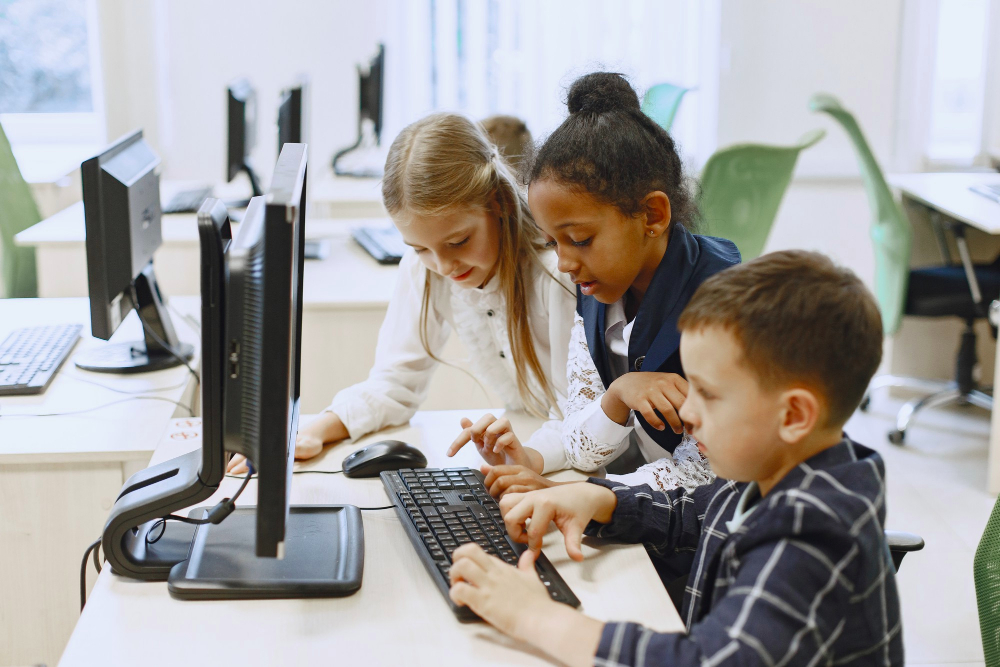
Computing terminology can be tricky and confusing. ‘Coding’, ‘programming’, ‘computational thinking’ and ‘computer science’ are often used interchangeably to mean the same thing. To avoid confusion, let’s start out by getting them straight.
Computer science is the study of what computers can actually do – it’s essentially the theory side of things. Computer scientists test and study what is possible using hardware (the physical components of a computer, like the hard drive and motherboard), and software (the programs and data that run on and that live in a computer’s hardware).
Examples of the kinds of things that concern computer scientists include whether computers can help us to model and investigate hugely complex systems like the human body, financial systems or the Earth’s climate.
Computational thinking is the thinking tool that computer scientists use for the kinds of investigations given above.
Computational thinking allows us to take a complex problem, understand what the problem is and develop possible solutions. We can then present these solutions in a way that a computer, a human, or both, can understand.
BBC
Computer programming, on the other hand, is the practice of making a computer do things, normally through lines of code that have been written to create an intended outcome.
Coding, even though it’s often used as a catch-all for all three terms above, is just another slightly more contemporary way of saying ‘computer programming’: ie the act of writing code, normally on a screen, to make a computer do something you want it to do.
The ideal curriculum to teach coding to children will be to introduce kids to computational thinking approaches and then gradually progress to computer programming using codes.
One comment